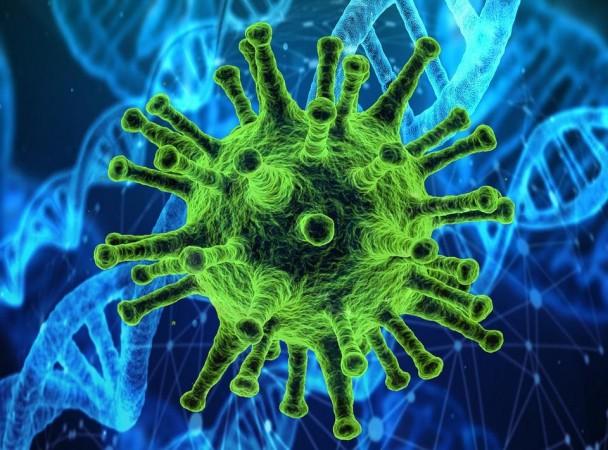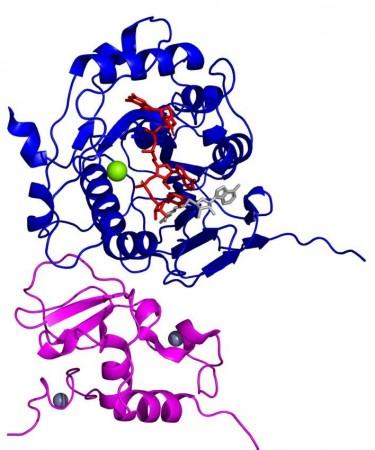Just when the world begins to believe that it has figured the SARS-CoV-2 coronavirus out, the pathogen finds a way to prove that it is a tricky adversary. Now, a new study has found that the virus responsible for the COVID-19 pandemic uses a mechanism to disguise itself inside the body.
According to scientists from the University of Texas Health Science Center at San Antonio, the SARS-CoV-2 virus uses the changes in the concentrations of metal ions in COVID-19 patients to conceal itself from the immune defenses of the body.
"This is a newly described metal-dependent mechanism by which these ions help the virus to evade immune surveillance," said Dr. Yogesh Gupta, senior author of the study, in a statement. The study was published in the journal Nature Communications.
Creating A 'Trojan Horse'

Over the last 18 months, it has been learned that the SARS-CoV-2 virus and variants have ways using which they can evade the immune system. The newly-described mechanism, however, is unlike any observed so far. In hospitalized COVID-19 patients, a variance in concentrations of metal ions—positively charged atoms of elements such as calcium, magnesium and manganese—is observed.
Through the study, the authors learned that the metal ions serve an architectural purpose during the genetic interaction of the virus with the host cells. According to the authors, the ions form a 'bridge' between the viral messenger RNA (mRNA)—molecules of RNA that carry instruction for the encoding of the coronavirus—and a protein complex comprising of two viral proteins (nsp10 and nsp16).
According to the authors, the activity can be likened to a swaying 'scaffold' being steadied by workers laying their hands on it to counteract the wind. As the scaffold achieves stability, the SARS-CoV-2 utilizes nsp16 to modify its mRNA cap—a structure that protects the mRNA from degradation and helps avoid recognition by innate immunity—into a Trojan horse of sorts to become unidentifiable by the body's immune system.
Tricking the Body's Defenses

Once this action occurs, the immune system's defenses are tricked and the RNA code of the virus is protected from degradation. This in turn enhances the growth of the virus within the body. This action is necessary whenever the SARS-CoV-2 virus replicates.
The authors also found that the nsp16/nsp10 protein complex elongates itself when the RNA cap undergoes modification. This stretching is enabled by the binding of the metal ions. According to the team, the learnings of the study can help in the treatment of COVID-19 eventually.
"The next step is to use this structural knowledge to develop novel therapies to treat COVID-19 and emerging coronavirus infections. We are already studying how imbalances in metal concentrations regulate the host immune response to these infections," concluded Dr. Gupta.
















